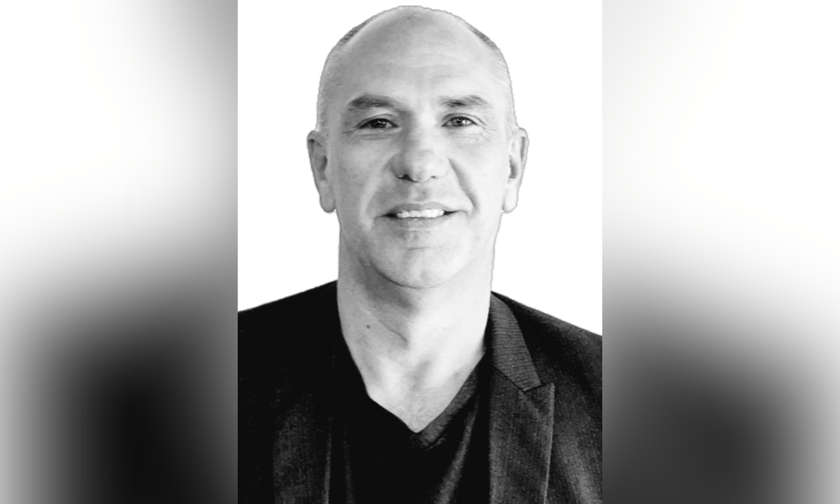

Until now, David Jones (pictured above) says brokers providing coverage to commercial cleaning companies could find very few options from insurers in a hard market with lots of red tape.
In December, Jones’s firm, Edge Underwriting, launched a new public liability coverage for cleaning firms, including companies who clean shopping centres and food courts during opening hours.
“We now have a fully authorised, Lloyd’s backed solution for public liability for cleaners,” said the managing director to Insurance Business. “Up until now there’s been very few options for brokers in this space which has seen them having to use UFI [unauthorised foreign insurer] security.”
Tackling the industry’s “onerous conditions”
Jones said this ability to offer fully authorised security through Lloyd’s is one of the biggest differences between his coverage and others on the market.
“There are strict rules in place for when UFI security can and can’t be used by insurance brokers,” he said. “UFI security also comes with strict disclosure requirements and some broking houses refuse to use UFI security.”
Another industry challenge the offering aims to tackle, said Jones, is the often “onerous conditions” in many cleaning contracts. These can include the insurance requirements, hold harmless indemnity agreements and full waivers of subrogation.
“To this end, we have included some optional extensions which aim to close the gap between the standard cover and the insured’s contractual liability,” he said.
These extensions apply, said Jones, to current and future cleaning contracts.
For example, the offering provides $100,000 to cover lost keys. Jones said when the master keys for a shopping centre get lost or stolen it can be very expensive to replace all the keys and locks.
Jones said among the “myriad of claims” that come from cleaning firms, two risks stand out.
The first is wet floors resulting in trips and falls. The wet, slippery floors can come from the cleaner’s wet mop, rain and food or drink spills.
Jones said the risk of these claims can be particularly high for these companies because many perform their floor and window cleaning duties during business hours in busy shopping centres and food courts.
The second costly claims area is worker-to-worker (WTW) recovery claims as a result of injuries to contractors. Jones said the cost of these WTW claims has become a “massive problem” and one of the victims is cleaning firms who often use contracted labour in lieu of direct employees.
“Which has added to their woes of trying to get insurance because a lot of insurers have pulled out of these labour-based industries like construction, cleaners and a lot of the trades because of the worker-to-worker losses,” said Jones.
His insurance covers these claims.
However, Jones said his offering does also coincide with the return of sustainable pricing to the market.
“Up until around four years ago, the running joke for pricing liability insurance in Australia was that you simply took the Canadian price, halved it and doubled the sum insured,” he said. “The Australian market was severely under-priced and unsustainable and inevitably poor results followed.”
According to the Australian Securities and Investments Commission (ASIC), UFI is the term for an insurer who carries on a general insurance business outside Australia. “Unauthorised foreign insurers are able to offer insurance in Australia,” says ASIC. “However, they are not regulated by the Australian Prudential Regulation Authority (APRA) and don’t need to meet APRA’s capital or other requirements.”
According to Investopedia, a hold harmless agreement “ensures that one party cannot hold the other party legally responsible for any risks incurred from services provided.”
A waiver of subrogation, says Investopedia, “is a legal endorsement that prevents an insurer from recovering the money they’ve paid out on a claim from a negligent third party.”
According to the Australian Bureau of Statistics there are currently one million independent contractors, representing 7.5% of the workforce.
WTW claims have been increasing since the 1990s, said Jones, when the deregulation of the labour market kicked off a rise in the number of independent contractors and other third parties in the labour force.
In 2010, an Actuaries Institute paper observed that while the actual number of work-related injury claims in recent years was stable, the cost of these claims for insurers was increasing. A key driver for these increasing costs, said the paper, was WTW claims.
Are you a broker involved in coverages in the cleaning sector? Please tell us about your challenges below
